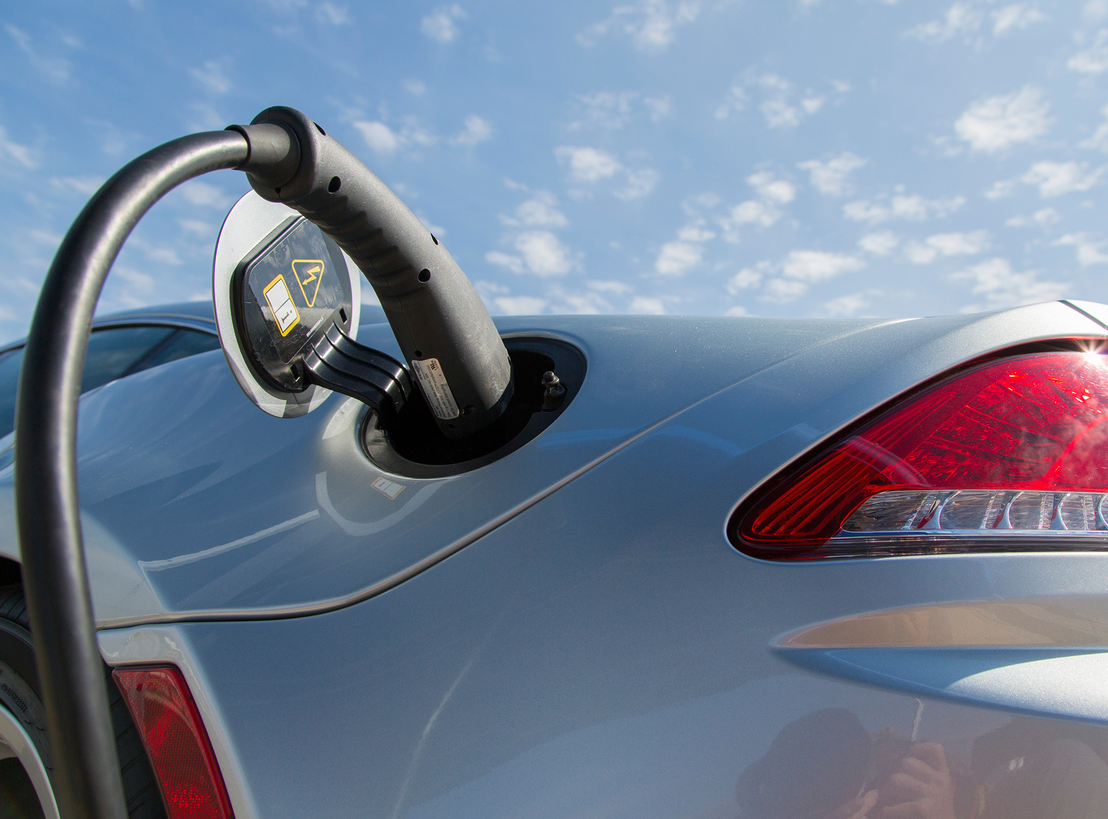Electric Power Provider in California Aims to Accelerate EV Adoption
In response to a new report from Pacific Gas and Electric Company (PG&E) that shows that direct current (DC) fast charging infrastructure, with chargers that can refuel an electric vehicle (EV) in 20-30 minutes, has been slow to develop due to high costs and complexity of installations, the electric power provider appears poised to accelerate its participation.
Collaborating with researchers at the Plug-In Hybrid & Electric Vehicle Research Center at the University of California, Davis and other EV infrastructure experts, PG&E developed best practices for siting DC fast chargers and applied those findings to recommend potential locations for DC fast chargers within PG&E’s service area of Northern and Central California. Available on an interactive map, these locations are based on traffic patterns, unmet charging demand and PG&E’s electric system.
“When we survey our customers, we hear that range anxiety is still a barrier to EV adoption. By offering new tools to help installers, governments and communities get more chargers in the right places on the roads – especially fast chargers – we hope to spur EV adoption with our customers and help the state meet its ambitious greenhouse gas reduction goals,” said PG&E Vice President of Customer Energy Solutions Aaron Johnson.
Today, there are about 5,000 public chargers in Northern and Central California, including only about 280 DC fast chargers – which drivers often prefer due to quick charging times. A DC fast charger can almost fully charge an EV in 20-30 minutes, compared to standard EV charging, which can take several hours. However, finding suitable locations to install DC fast chargers can be complex and expensive. PG&E’s report identified the 300 areas in Northern and Central California with the highest expected need for DC fast charger installations by 2025 based on EV adoption forecasts.
The interactive map allows installers and on-the-ground planners to explore and prioritize potential sites for DC fast chargers within those 300 areas. The tool identifies sites where the existing local electric capacity could potentially support high-powered DC fast charging, hopefully helping installers avoid some need for costly energy grid upgrades.
Investment in DC fast chargers continues to support the use of EV technology. Among other EV initiatives, the White House announced goals to accelerate the deployment of a national network of fast charging infrastructure to increase EV adoption. Most recently, the Department of Transportation designated the 48 major traffic corridors that will be part of this national network — covering nearly 25,000 miles across 35 states.
This year, the California Energy Commission approved $9 million in grants for the installation of DC fast chargers along major state freeways and highways to increase EV adoption and consumer confidence in charging networks in the state.











